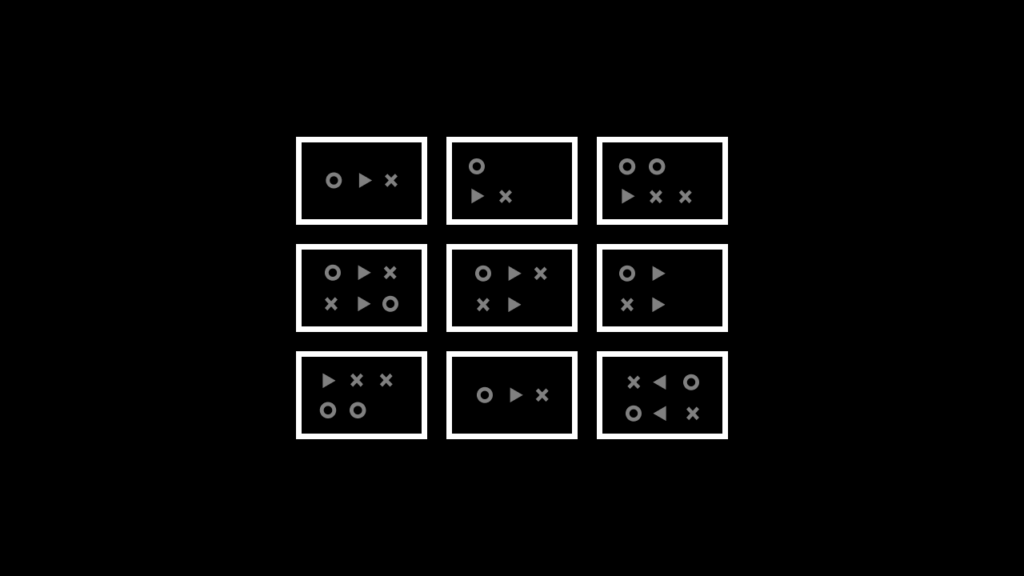
We often dive deep into design theory and spend hours on tutorials learning new skills. But I don’t think we focus enough on practical techniques that actually help us achieve the best results.
You can have all that design knowledge, but you still need a process that helps you stay creative, make those little decisions at every step, and find the best solution.
When I first started designing, I’d often stare at a blank page, unsure of where to begin. My usual approach was gradually building out the layout, adding detail after detail until I felt satisfied.
The problem? I wasted so much time chasing that “perfect” look, trying to make everything work right on the first attempt.
But great design doesn’t happen that way.
I discovered a different approach that transformed my process: designing fast and creating as many iterations as possible. It’s a simple technique but incredibly effective.
Here’s how it works…
Instead of obsessing over perfection from the start, I focus on moving quickly and creating multiple versions of a single element or section.
When you work fast, you tap into your intuition, letting your creativity flow. The goal isn’t to perfect each version, but to generate many options to explore.
Once you have several iterations in front of you, it’s much easier to compare and see what feels right.
Zoom out to get the bigger picture, then zoom in on the version that speaks to you. That’s the one you can refine and perfect.
This technique encourages experimentation and takes the pressure off. The more versions you create, the more ideas you generate, and the quicker you find that “just right” design.
I call it “speed designing.” If you want to give it a try, here are a couple of quick tips:
- Master your tools: Be fast with your design software. You don’t need to know every feature, but get comfortable with shortcuts and ways to streamline your process.
- Let go of perfection: At this stage, don’t worry about being perfect. Focus on quick mockups and fast decisions. Push yourself to try something new. In each iteration, find one problem in the current design and make sure the next version solves it.
- Don’t overdo it: While it’s important to iterate, avoid going down the rabbit hole. Create just enough versions until something feels right. And sometimes, you might find that your first version was actually the best. That’s okay too.
So, next time you’re stuck staring at a blank screen, try working faster and see where your intuition leads you.
Leave a Reply